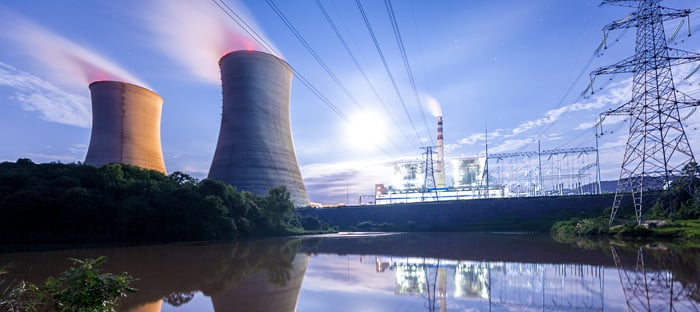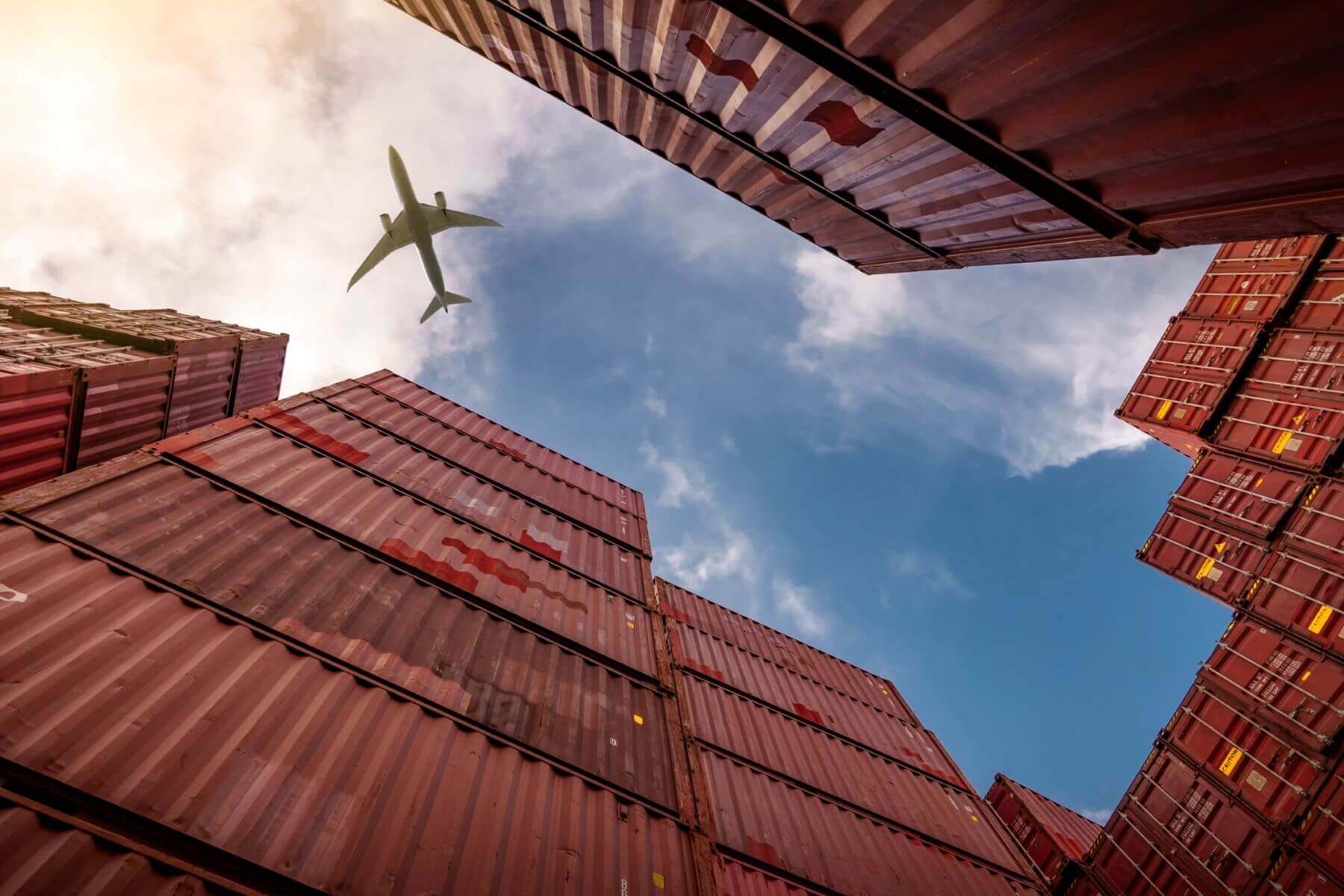Corporate culture is more important than ever. It is a driver of both business and recruitment. A robust corporate culture attracts and retains better talent and sends a message to consumers and investors that the organization’s beliefs and behaviors—including where it stands on environmental, social and corporate governance (ESG) issues—are aligned with their own.
Nowhere is that more evident than with consumer and investor sentiment around our global climate crisis. More than two-thirds of surveyed consumers said they would pay more for sustainable products, according to a recent report produced by First Insight and the Baker Retailing Center at the Wharton School of the University of Pennsylvania.
That came as a shock to retail executives also surveyed, who said they believe consumers would not pay more or choose a more sustainable product over a brand name. Or reuse and repurpose products in the circular economy, for that matter.
But consumers aren’t the only decision makers using sustainability initiatives as a deciding factor when engaging with a brand. According to Gartner, 85% of investors considered ESG factors in their investments in 2020. And 67% of banks screen their loan portfolios for ESG risks.
“The reasons investors care about ESG in their investment can be broadly classified into four categories,” reads Gartner’s report. “Financial, competitive, strategic and perception. Overall, investors consider ESG investments safer and more stable bets.”
The challenge for many organizations is setting sustainability goals without really knowing how to realistically achieve them. If so, turn your attention to your supply chain. That’s where most of your carbon footprint exists, after all.
The carbon offset business of nuclear power
When most organizations conduct an emission accounting exercise, quantifying their greenhouse gas emissions (GHGs), they expect to review a collection of carbon emissions activities directly produced from burning fuel and HVAC systems – everything in the building or factory that produces GHGs. What they discover is those emissions represent only a portion of the company’s overall carbon footprint. GHGs are categorized into three Scopes, as described by the Environmental Protection Agency.
- Scope 1: Direct GHG emissions from your organization, like the natural gas used to heat your headquarters or the emissions produced from company vehicles.
- Scope 2: Indirect GHG emissions from purchased energy, including electricity, are tied to the emissions from energy generation.
- Scope 3: Indirect GHG workforce and supply chain emissions, including business travel and emissions from purchased goods and services.
Scope 3 emissions can represent most of a company’s total emissions because everything from a consumer’s use of your product to the emissions produced by commuting employees are included in the category.
The good news? Your company has the power to influence the supply chain and mitigate Scope 3 emissions. It’s what EY’s Velislava Ivanova and Regenia Sanders called the “optimization and simplification” of the supply chain.
“What’s good for business and the planet doesn’t need to be in conflict. Today, businesses across sectors are rethinking everything from what materials they use in their packaging to what markets they compete in and where their factories are located.” – EY’s Velislava Ivanova & Regina Sanders
How carbon offsets can help
One of the most efficient ways a company can influence its supply chain is through the purchase of carbon offsets, credits or certificates. With carbon credits, businesses swap emissions production with an organization that is actively creating an equal or greater contraction through a carbon reduction project. The swap creates a net zero carbon emission rate. Think of carbon offset programs as the equivalent of planting a tree on the East Coast for every tree cut down on the West Coast. It doesn’t matter where the tree was cut down, only that a tree replaces it somewhere. The amount of C02 the tree absorbs is the same wherever it takes root.
Companies who choose to supplement their carbon neutral strategies with carbon offsets purchase credits in three project categories:
- Forestry and conservation: Reforestation and conservation projects
- Renewable energy: Renewable energy credits (RECs)
- Emission-free energy: Emission-free energy certificates (EFECs)
Credits can extend beyond emissions directly produced by the organization, as well. A business can purchase carbon credits or certificates to offset emissions produced by vendors that haven’t embraced or achieved sustainability efforts.
That’s a big deal.
Take charge: Create your own sustainable supply chain
The ability to purchase carbon credits like EFECs for Scope 3 emissions means organizations can decarbonize their supply chain on their own, if they choose. That’s huge, considering how notoriously complex supply chains are, each thread of the web consisting of parties and providers big and small, sophisticated and underdeveloped.
With the ability to help with reducing emissions efforts or assist the sustainability goal of a vendor without directly interfering with that partner’s operations, organizations can further signal to consumers and investors their long-term intent to reach net zero goals across the supply environment and promote further clean energy efforts throughout the chain.
And as a piece of the overall supply chain, these efforts also provide stakeholders with the ability to ensure investors and business partners that the organization is committed to becoming and remaining a 100% carbon free vendor.
EFECs offset energy for new or existing supply contracts, for both power and natural gas. Even if your business’s power supply is with another supplier, Energy Harbor can provide you with EFECs to offset your hourly usage on top of an existing agreement.
Make it happen right now with EFECs
Organizations that want to jump start their sustainability goals across the supply chain should consider emission-free energy credits as their catalyst. Affordable, plentiful and easy to purchase, EFECs represent a specific amount of emission- free power produced by non-emitting generation units, most notably nuclear power and large-scale hydropower.
EFECs are more affordable on the offset market than other options in part because of the high cost of infrastructure creation and maintenance tied to renewables and conservation programs. Nuclear power infrastructure already exists, and maintenance is often less expensive, allowing generators like Energy Harbor the ability to offer EFECs at low cost.
Nuclear is also the most reliable source of clean energy, both from a capacity factor and because it is the only carbon-free energy generator that operates 24 hours a day, 7 days a week, 365 days a year. That makes the carbon emission reduction impact from EFECs immediate, unlike forestry and carbon capture technology.
Just like Green-e Certified RECs, Energy Harbor’s Emission-Free Energy Certificates are auditable through Generation Attribute Tracking System (GATS) managed by PJM Environmental Information Services. EFECs offset energy for new or existing supply contracts, for both power and natural gas. Even if your business’s power supply is with another supplier, Energy Harbor can provide you with EFECs to offset your hourly usage on top of an existing agreement. If you’re ready to add carbon offsets to your net zero strategy, contact Energy Harbor or fill out our business solutions contact form.
Ready to add carbon offsets to your net zero plan?
Ready to add carbon offsets to your net zero strategy?








